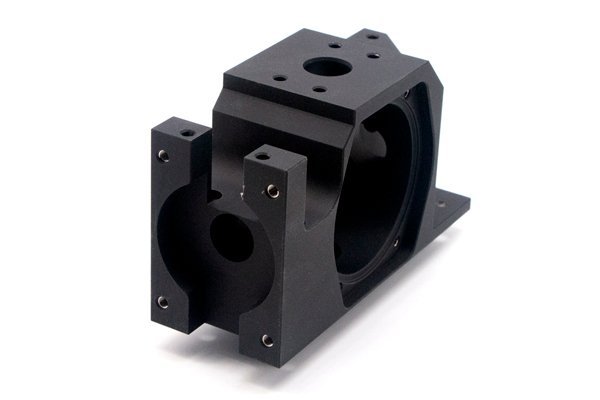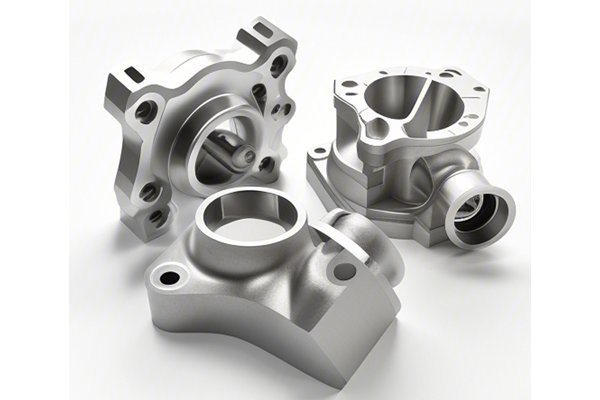Opening
Did you know that aluminum is the most commonly utilized non-ferrous metal in CNC machining? Among the various alloys available, 6061 and 5083 aluminum stand out for their unique characteristics and applications. In fact, according to the Aluminum Association, over 90% of all aluminum used worldwide is based on just a handful of alloys, highlighting the importance of understanding their properties. But what sets 6061 and 5083 apart, especially in CNC turning processes? In this blog, we’ll delve deep into the performance differences between these two aluminum alloys and outline how their unique traits make them suitable for different machining applications.
Content
Aluminum alloys are categorized into two primary groups: wrought and cast. The 6061 and 5083 alloys are both wrought, meaning they undergo processes such as rolling and extruding to shape them. However, they belong to different series, with 6061 falling under the 6000 series and 5083 under the 5000 series. This distinction indicates different alloying elements and, consequently, different mechanical properties.
6061 aluminum alloy is prized for its excellent mechanical properties and versatility. The main alloying elements in 6061 are magnesium (1.0%
Due to these characteristics, 6061 aluminum is commonly used in applications ranging from structural components in buildings to parts in the aerospace industry.
5083 aluminum, on the other hand, is better known for its strength and corrosion resistance in marine environments. Its primary alloying elements are magnesium (4.0%

When it comes to CNC turning, machinability is a critical factor that manufacturers must consider. Here are some comparative insights:
The contrasting properties of 6061 and 5083 lead to their preferred use in different applications. For example:
Cost is another essential aspect that manufacturers consider when choosing between 6061 and 5083 aluminum for CNC turning processes. Typically, 5083 aluminum tends to be more expensive to process due to its higher strength and specialized machining requirements. However, the long-term benefits of choosing the right material, particularly in corrosive environments, can outweigh the initial cost differences.
The performance differences between 6061 and 5083 aluminum in CNC turning processes hinge on their unique compositions, advantages, and constraints. As manufacturers navigate the decision-making process, it’s clear that understanding the specific needs of each application—be it strength, corrosion resistance, or machinability—plays a vital role in material selection.
Understanding the differences between 6061 and 5083 aluminum is not merely an academic exercise but a practical necessity in the realm of CNC machining. This knowledge can directly influence the success and efficiency of manufacturing processes while affecting product quality and longevity. As industries continue to evolve, knowing which aluminum alloy aligns best with specific project requirements will lead to better engineering outcomes, reduced costs, and increased customer satisfaction.
In the world of CNC machining, the choice of material is paramount. By reflecting on the insights provided in this blog, readers can make informed decisions when selecting aluminum alloys for their projects, ensuring they achieve optimal performance and reliability in their applications. Whether you’re involved in aerospace, marine manufacturing, or another industry, understanding these differences could be the key to your next successful project.
Related Posts
- How to Control the Flow and Temperature of Coolant and Lubricant in CNC Machining Effectively?
- What are the key differences in material properties between PA66 nylon and POM plastic in CNC machining?
- What is the cost difference between polishing and chemical polishing in CNC machining for prototype parts?






